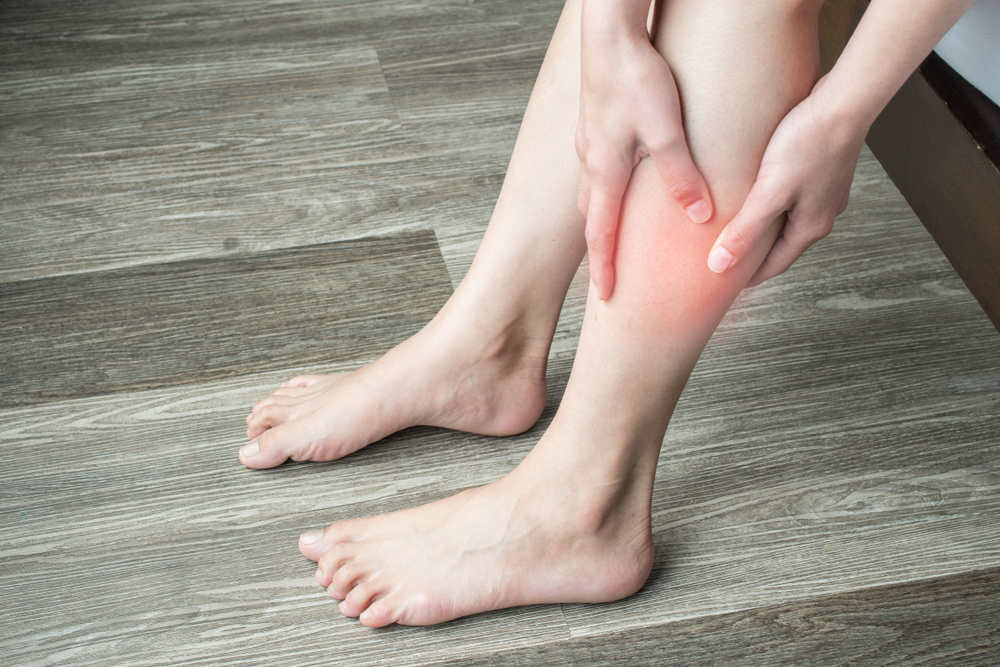What is a Blood Clot?
A blood clot, also known as a thrombus, is a gel-like mass formed from blood components that have clumped together and formed a solid lump. These clots can occur anywhere inside the body and are formed as a result of the body’s natural response to injury or trauma. Continue with the sections below to learn more.

Types and Causes
There are different types of blood clots, and the ones that occur in the leg are known as deep vein thrombosis (DVT). This type of clot forms deep within the veins, typically in the legs or thighs. Common causes of blood clots in the leg include:
-
- Physical inactivity or prolonged periods of sitting or lying down
-
- Injury or surgery
-
- Obesity and excessive weight
-
- Pregnancy or recent childbirth
-
- Smoking
-
- Genetic factors
Symptoms and Risks
A blood clot in the leg is a serious condition and requires immediate medical attention. Some common symptoms include:
-
- Pain, tenderness, or swelling in the affected leg
-
- Warmth and redness in the leg
-
- Visible veins
-
- Leg cramps or heaviness
-
- Skin discoloration
If left untreated, a blood clot can pose severe risks such as pulmonary embolism (the clot travels to the lungs), post-thrombotic syndrome (chronic swelling and pain), or even limb-threatening complications.
Treatment
If you suspect a blood clot in your leg, it is crucial to seek immediate medical attention. The doctor will conduct a physical examination along with diagnostic tests such as ultrasounds or a venogram to confirm the presence of a clot. Treatment options may include:
-
- Emergency medical care: In critical cases, clot dissolving medications may be administered to prevent further complications.
- Anticoagulant medications: Commonly known as blood thinners, these medications help prevent clots from growing larger and reduce the risk of new clots.
- Compression stockings: These specially designed stockings exert pressure on the veins, promoting blood flow and preventing clot formation.
- Inferior vena cava filter: In certain cases, a filter may be placed in the largest vein of the body to catch any clot that might break loose and travel to the lungs.
Prevention
While not all blood clots can be prevented, there are several measures you can take to reduce the risk:
-
- Maintain an active lifestyle with regular exercise and physical activity.
-
- If you are bedridden or sitting for long periods, make sure to move around or perform leg exercises to keep the blood flowing.
-
- Avoid smoking and maintain a healthy weight.
-
- Stay hydrated and avoid excessive alcohol consumption.
-
- For individuals at a high risk of clotting, consult with a doctor for preventative measures such as medication or special stockings.
Remember, early detection along with prompt treatment is crucial when dealing with a blood clot in the leg. Be aware of the symptoms, take preventive measures, and seek immediate medical help if necessary.